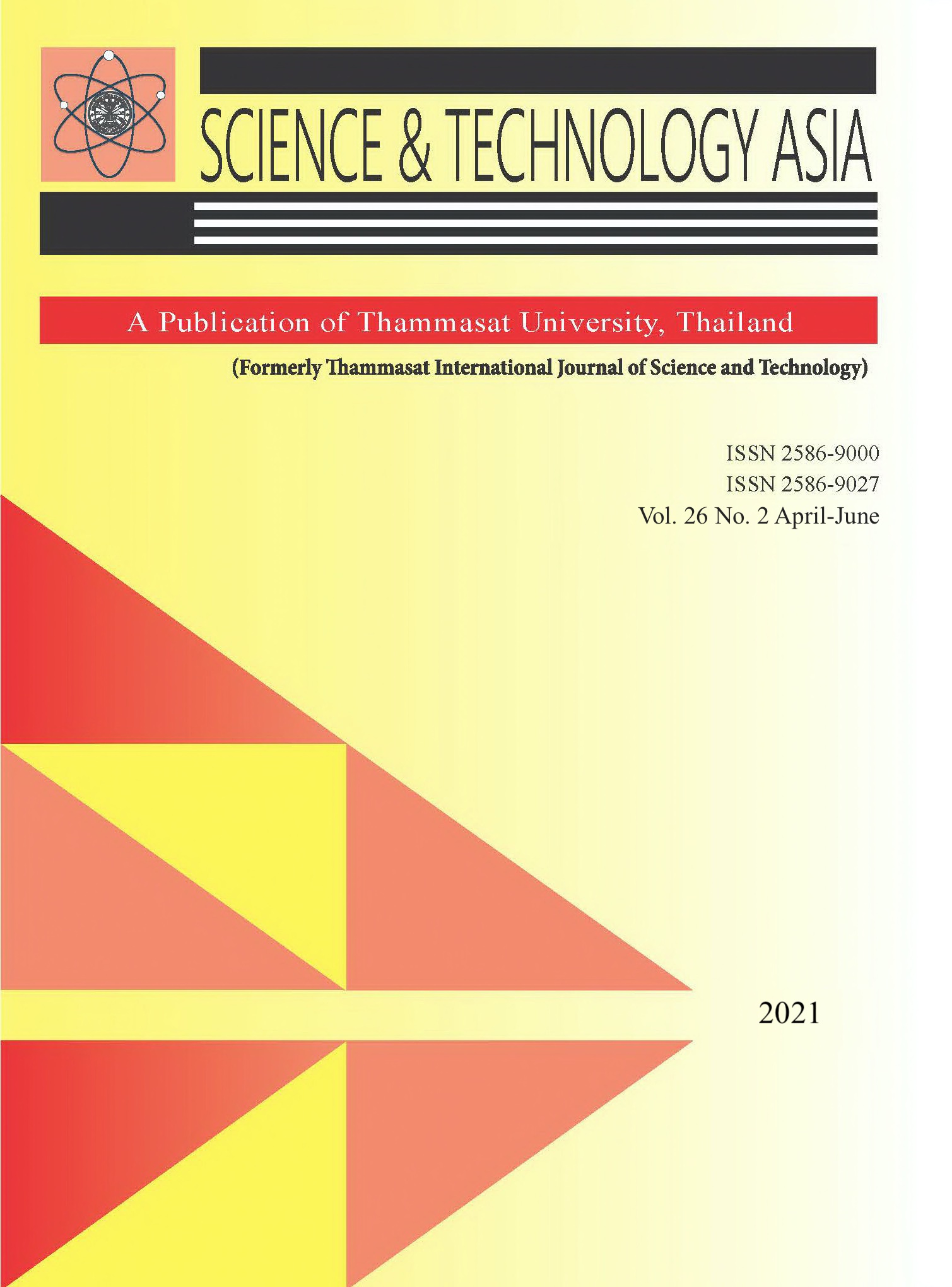Anti Diabetic Potential of Cashew Nut (Anacardium occidentale) Shoots and Leaves Extracts under Simulated In Vitro Digestion
Main Article Content
Abstract
Anacardium occidentale has long been used for diabetes therapy; however, its active components remain unknown. This study aimed to investigate the phytochemical contents, especially phenolics and flavonoids, along with - glucosidase inhibitory activity and bioaccessibility, of extracts from the shoots and leaves of A. occidentale. The methanolic extract from leaves showed higher total phenolics (98.21±0.35g GAE/100 g extract) and total flavonoids (89.53±0.65 g RE/100 g extract) than the shoots extract. Upon bioaccessibility testing, phenolics and flavonoids from the leaf extract were more bioaccessible than those from the shoot extract. The
-glucosidase inhibitory activity of A. occidentale was higher when predigested than it was after stimulated gastric digestion and pancreatic digestion. These results suggest that A. occidentale has the potential to be used for diabetes therapy and as a functional food component.


